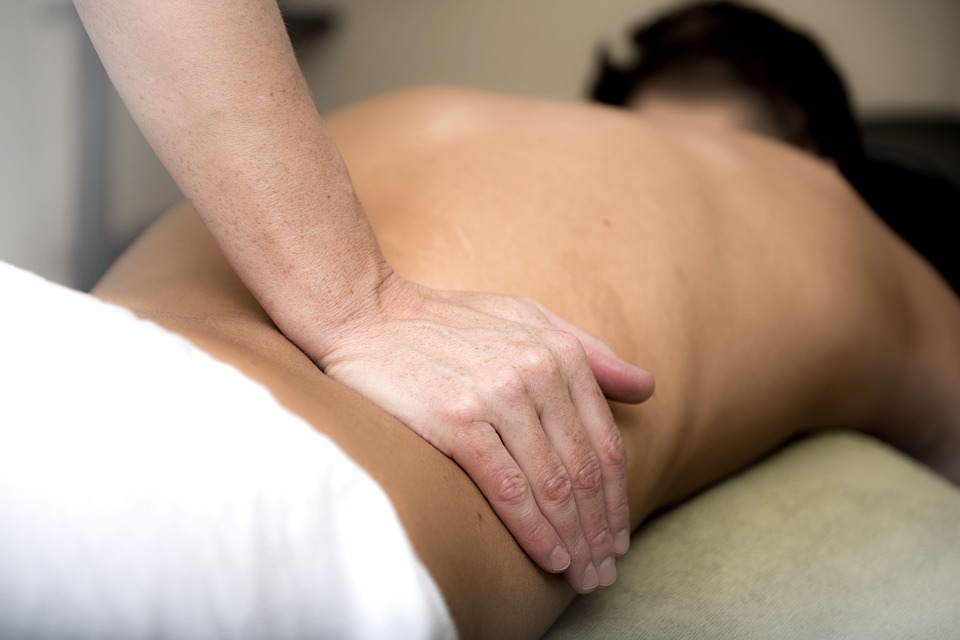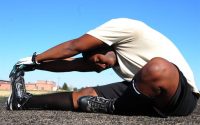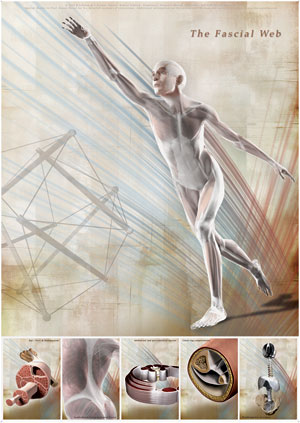Beyond Biomechanics and Pain Science: The role of human touch
Currently, there is a vast interest in pain science in manual therapy. The biopsychosocial framework suggested that lifestyle and psychosocial factors are the essential components of musculoskeletal treatment. Thus, in physiotherapy, there is a trend that pain education and exercise therapy are being recommended as evidence-based treatments. In contrast, manual therapy is considered as a passive treatment that lacks evidence.
The pain science view also challenges the biomechanics model of manual therapy, as increasing pieces of evidence that suggest the effectiveness of hands-on treatment could be mainly due to the modulation of pain. The effects could be neurophysiological (e.g., spinal reflex and pain neural networks modulation) and contextual (e.g., placebo, nocebo).
Researchers from University of Genoa, Italy argue that hands-on techniques are a specific form of touch that characterise the competence of the therapists, express a humanisation of treatment, and create a safe therapeutic space. Their view was published in Musculoskeletal Science and Practice.
Touch is characterised by the physical and emotional properties of the applied stimulus.
The physical properties require an in-depth knowledge of anatomy and biomechanics, which guide therapists in the understanding of contact area, intensity, and frequency of the stimulus.
The emotional properties are related to sympathetic contact with the patients, which allows delivering a technique with “affective tone” based on non-verbal relationship and communication skills.
The authors define three effects of manual therapy: analgesic, affective, and somatoperceptual.
Analgesic touch:
Touch can modulate pain in the area being stimulated. This modulation is due to sensory influence rather than merely by distraction or other cognitive processes (e.g. lowering levels of anxiety, hypervigilance and fear of pain). This down-regulation of pain levels seems to be an expression of the pain modulatory function of Aβ fibres on Aδ and C pathways, and may be mediated at brainstem level by subcortical neural circuitry.
Affective touch:
Touch can both communicate and elicit emotions. Caressing touch can stimulate affective C-Tactile fibres which creates a pleasant therapeutic experience that facilitates affiliative behaviours and pain reduction. These effects are mediated by neuroendocrine signals, including the activation of endogenous opioids, oxytocin and dopaminergic pathways. Touching with this intention promotes positive emotional responses like feelings of safety and relaxation and reduces negative emotions.
Somatoperceptual touch:
Beyond the biomechanical effect, manual therapy may improve the patient’s body perception by promoting the reorganisation of body mental representations. This is especially true for body regions that cannot be seen, such as the back or the spine. Touch delivered by therapists can guide the patient to better find the localisation of pain and tactile stimuli on his body surface. Hands-on techniques present the patient a way to discriminate between safe and threatening stimuli. Realising that the body is not injured or threatened, the brain will lower anxiety, avoidance, and defensive responses. Exteroceptive (and interoceptive) stimuli provided by a therapist may promote a more integrated patient’s body perception. Touch can enhance the sense of body ownership (‘this is my body’), and improves the perceived sense of organisation (‘I’m in control of my body’).
Based on the narrative, the authors provide recommendation for
- Therapists: It is not therapeutic if it is not sympathetic. Therapists should remember that manual techniques are not tools to fix the patient’s body, rather, they provide the opportunity to communicate with the patient’s brain similar to words.
- Educators: Be aware of the overall therapeutic possibilities of touch is not just a correct execution of manual techniques but a connection to the patient’s body perception and emotions.
- Researchers: Study the “affective touch” and the reorganisation of mental representation.
- Manual therapy Associations: Promote the therapeutic role of hands-on techniques and claim their specificity for the profession. Therapeutic massage should be delivered according to theoretical constructs (e.g., neurophysiological, biomechanical, psychological) to ensure its results.
In summary, the complex and multidimensional patient-provider interaction exploits manual therapy as a specific form of human touch. Manual therapy not only meets the patient’s expectations but represents a unique tool that can convey beneficial messages to patients’ brain, produce analgesia, regulate patient’s emotions, and reorganise mental representations.



